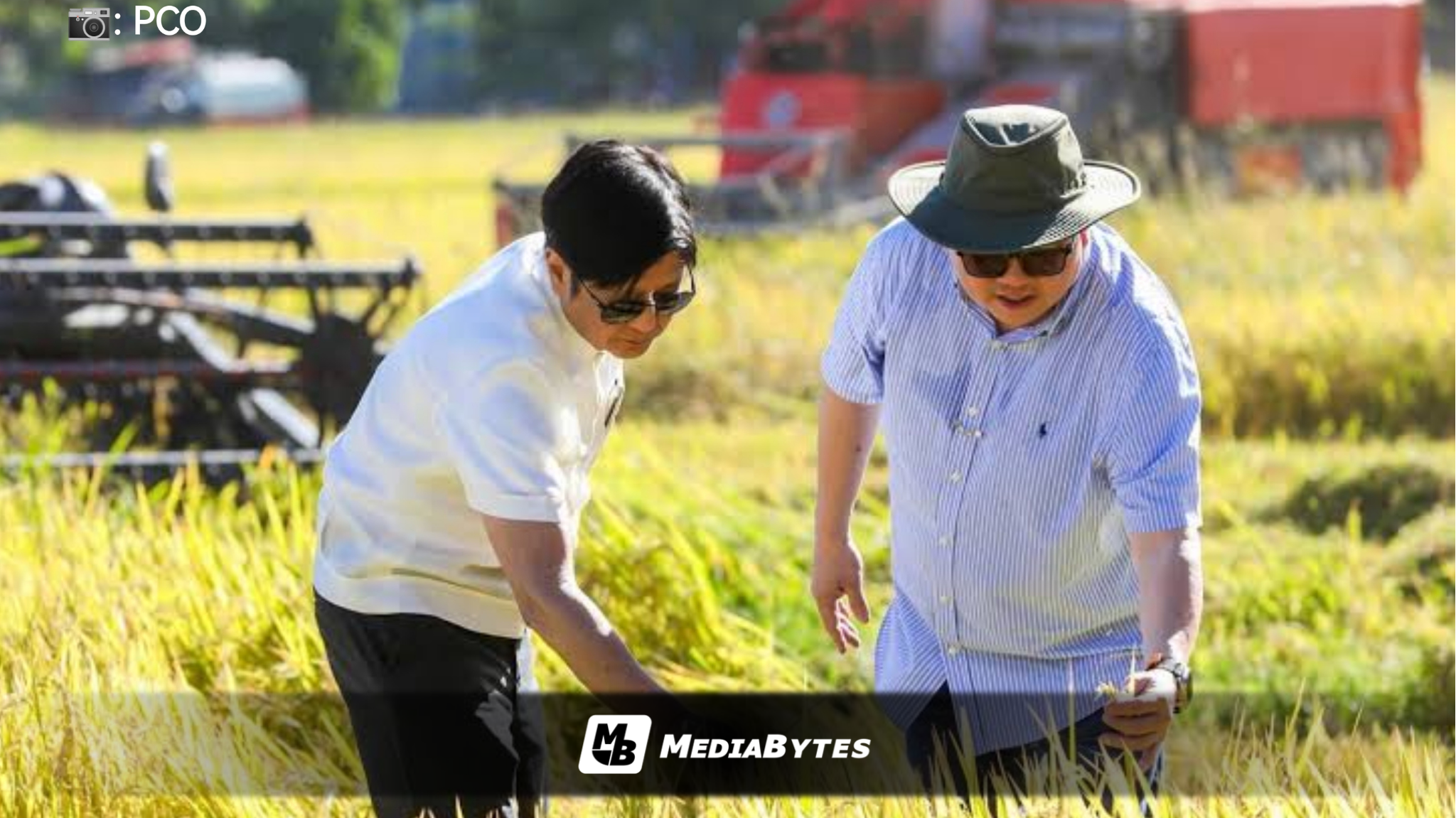
When President Ferdinand Marcos Jr. assumed office in 2022, he made a bold move: appointing himself as Secretary of Agriculture. This signaled that food security would be at the heart of his administration’s priorities. Three years on, the country has seen a mix of interventions, investments, and unresolved crises shaping the state of Philippine agriculture.
🚜 LEADERSHIP AND DIRECTION
- Marcos Jr. held the agriculture portfolio for over a year, citing the need to “fix the system” from within.
- In 2023, he appointed a full-time Agriculture Secretary, with a mandate to continue institutional reforms and modernize the sector.
🌾 RICE AND STAPLE CROPS: RISING COSTS, RISING GOALS
- Despite the Rice Tariffication Law (passed pre-Marcos Jr.), rice prices surged, with retail prices reaching over ₱50/kilo in mid-2023.
- The government expanded Kadiwa ng Pangulo outlets to offer subsidized food, though critics said these were short-term solutions.
- The Masagana Rice Industry Development Program, a nod to his father’s Masagana 99, was relaunched with modern targets: mechanization, seed access, and irrigation upgrades.
🥦 FOOD SECURITY AND PRODUCTION
- The Department of Agriculture focused on increasing local production of vegetables, fish, and poultry, particularly in regions hit by climate disasters or logistical bottlenecks.
- However, food inflation persisted, especially in 2022–2023, prompting more imports to stabilize supply.
- The administration vowed to lessen import dependence by 2028, but supply chain gaps, smuggling, and middleman markups remain unresolved.
🌱 FARMERS AND FISHERFOLK : STILL AT RISK
- The agricultural workforce remains among the poorest in the country.
- Programs for farmer support included: Cash subsidies under the Rice Competitiveness Enhancement Fund (RCEF), Expanded Crop insurance coverage and fuel subsidies and machinery distribution.
- However, groups criticized the slow disbursement of aid and limited access to credit, particularly among smallholder farmers and fisherfolk.
☁️ CLIMATE CHALLENGES AND DISASTER RESILIENCE
- Typhoons and El Niño events caused billions in agricultural damage during Marcos Jr.’s first three years.
- The government pushed for early warning systems, disaster-resilient seeds, and post-harvest storage to minimize losses.
- Yet, climate change adaptation is still in its infancy in many farming communities.
🧺 FOOD SECURITY AT THE NATIONAL LEVEL
- The National Food Authority (NFA) was restructured to rebuild buffer stocks and stabilize rice prices.
- Food insecurity remains a concern, especially in urban poor and rural areas. The Philippine Plan of Action for Nutrition continued with targets to lower child stunting and hunger rates.
🌍 LOOKING AHEAD
Marcos Jr.’s administration aims to:
- Achieve 100% rice self-sufficiency by 2028
- Expand agricultural exports through value-adding and digitalization
- Strengthen local food systems and farm-to-market infrastructure
President Marcos Jr.’s first three years in agriculture have been marked by ambitious goals and high-profile interventions—but persistent inflation, farmer vulnerability, and climate risks continue to test the sector. The second half of his term will determine whether food security becomes a fulfilled promise or a missed opportunity.



